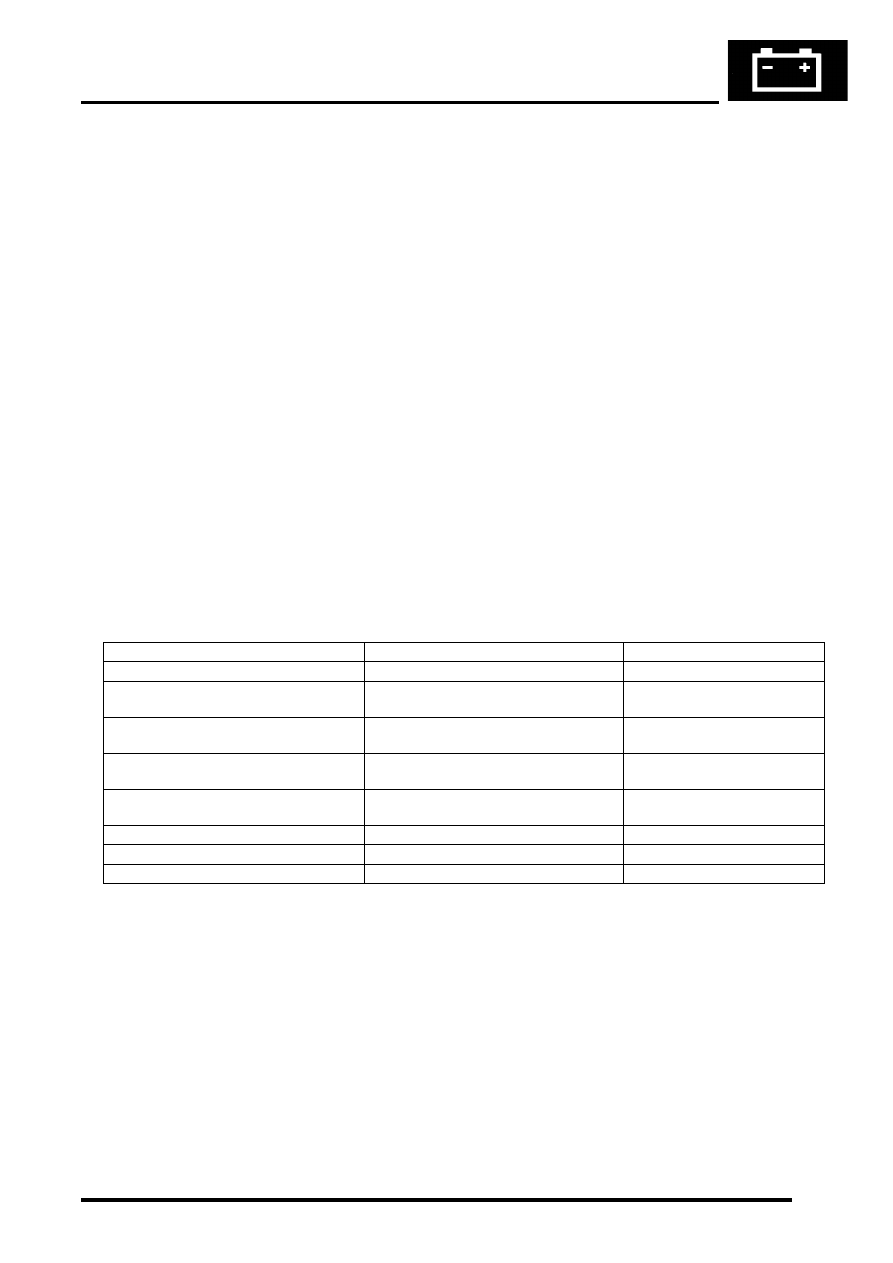Discovery 2. Manual - part 741

BODY CONTROL UNIT
DESCRIPTION AND OPERATION 86-3-31
The BCU checks the status of the following inputs to determine the logic action for providing an output to the rear fog
lamp relay:
l
Ignition state.
l
Main beam state.
l
Dipped beam.
l
Front fogs relay.
l
Rear fogs selected (press button, not latched).
If the ignition state is crank the state of the rear fog relay is memorised and the relay is switched off. Pressing the front
fog switch during cranking will not be recognised. When the ignition state returns to Ignition after cranking, the
memorised rear fog relay state is restored. If the ignition is turned off, the rear fog relay is turned off.
In the event of a communications link failure occurring while the rear fog relay is on, the rear fog relay will remain on
until the ignition is turned off or the dipped/ main beam is turned off.
Interior courtesy lamps
To determine when to provide an interior courtesy lamps enable output, the BCU checks the following input
conditions:
l
Ignition state.
l
Transit mode.
l
Driver's door open.
l
Passenger or rear door open.
The courtesy lamps operate at full brightness when they are first switched on. The BCU then gradually dims the lamps
(fade-out) before completely switching them off. Fade-out occurs over a period of two seconds following the logical
control signal to turn off the lights. When a door is opened, the BCU provides earth paths from the interior lamps, the
load space lamp and the ignition switch illumination. The following table lists the courtesy lamps operation and
duration for holding the lamps on that occurs after the BCU has detected a condition that signals the courtesy lamps
should be switched on:
Instrument pack
The BCU communicates with the instrument pack to provide a range of functions.
Control signal
Additional conditions
Duration
Door open
-
10 minutes
Unlock signal from remote transmitter
All doors closed and ignition switch not in
position III
1 minute
Unlock signal from the driver's door lock
All doors closed and ignition switch not in
position III
1 minute
Ignition switch turned from position II or III
to position 0
All doors closed
1 minute
Door changed from open to closed
All other doors closed and ignition switch
not in position III
15 seconds
Ignition switch in position III
-
Timer cancelled
BCU receives a lock command
-
Timer cancelled
Vehicle has transit mode enabled
-
15 seconds on all occasions